By Jeremy Halka, IBO Research Biologist
In 2022, IBO continued its partnership with MPG Ranch, based in Missoula, MT, to maintain the Idaho Motus network while adding a few new Motus stations- two at CJ Strike Wildlife Management Area, and one at Bear Lake National Wildlife Refuge. Motus stations can shut down at any moment from a variety of issues, so keeping the network up and running can be difficult and time consuming.
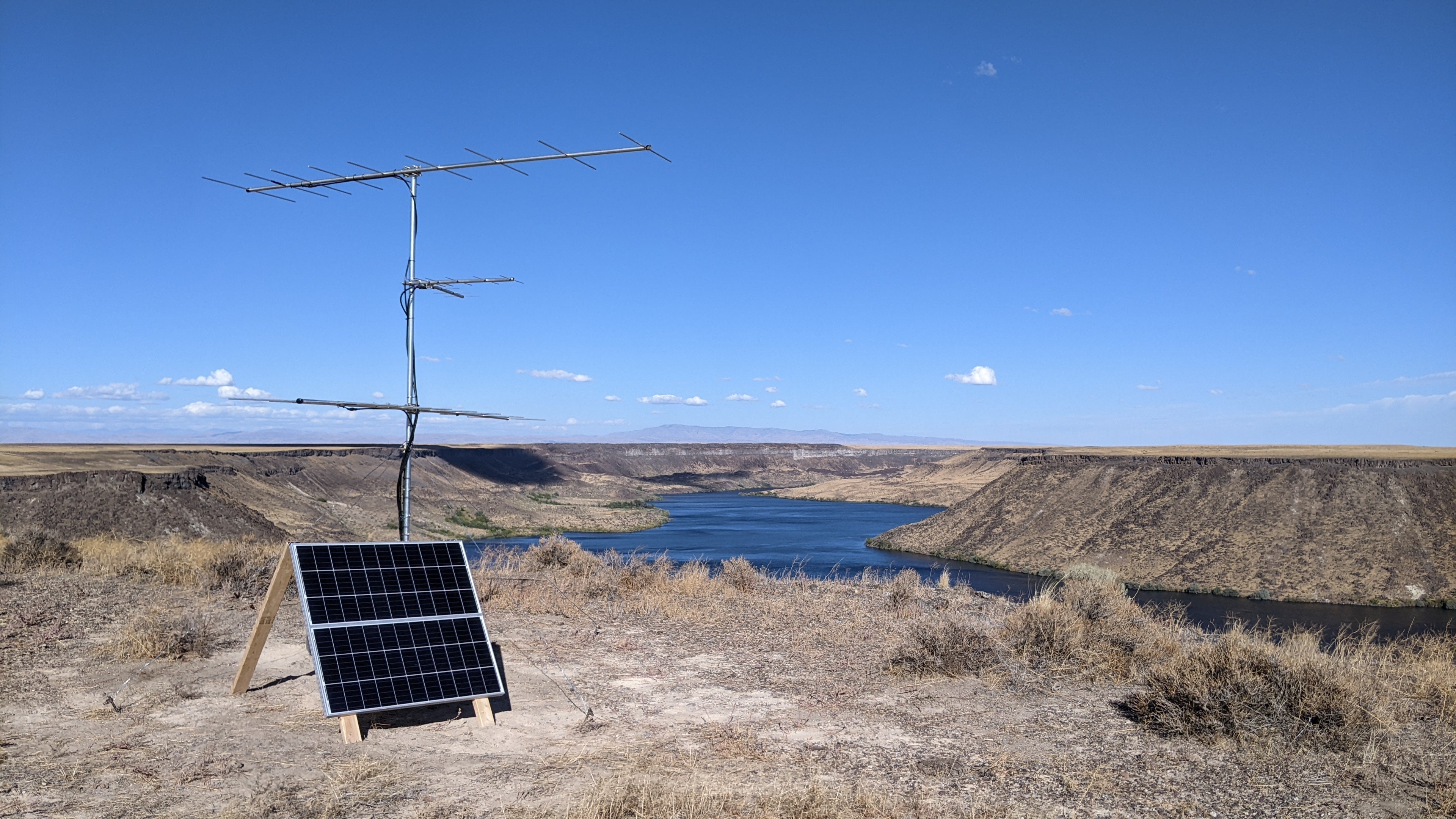
The hard work to maintain and continue growing the network is nonetheless fulfilling!
Especially when we discover more and more tag detections at our stations every year. As the network grows throughout North America and beyond, we are really gaining some amazing insight into migration paths and even wintering grounds for smaller bird species that we weren’t able to track before Motus.
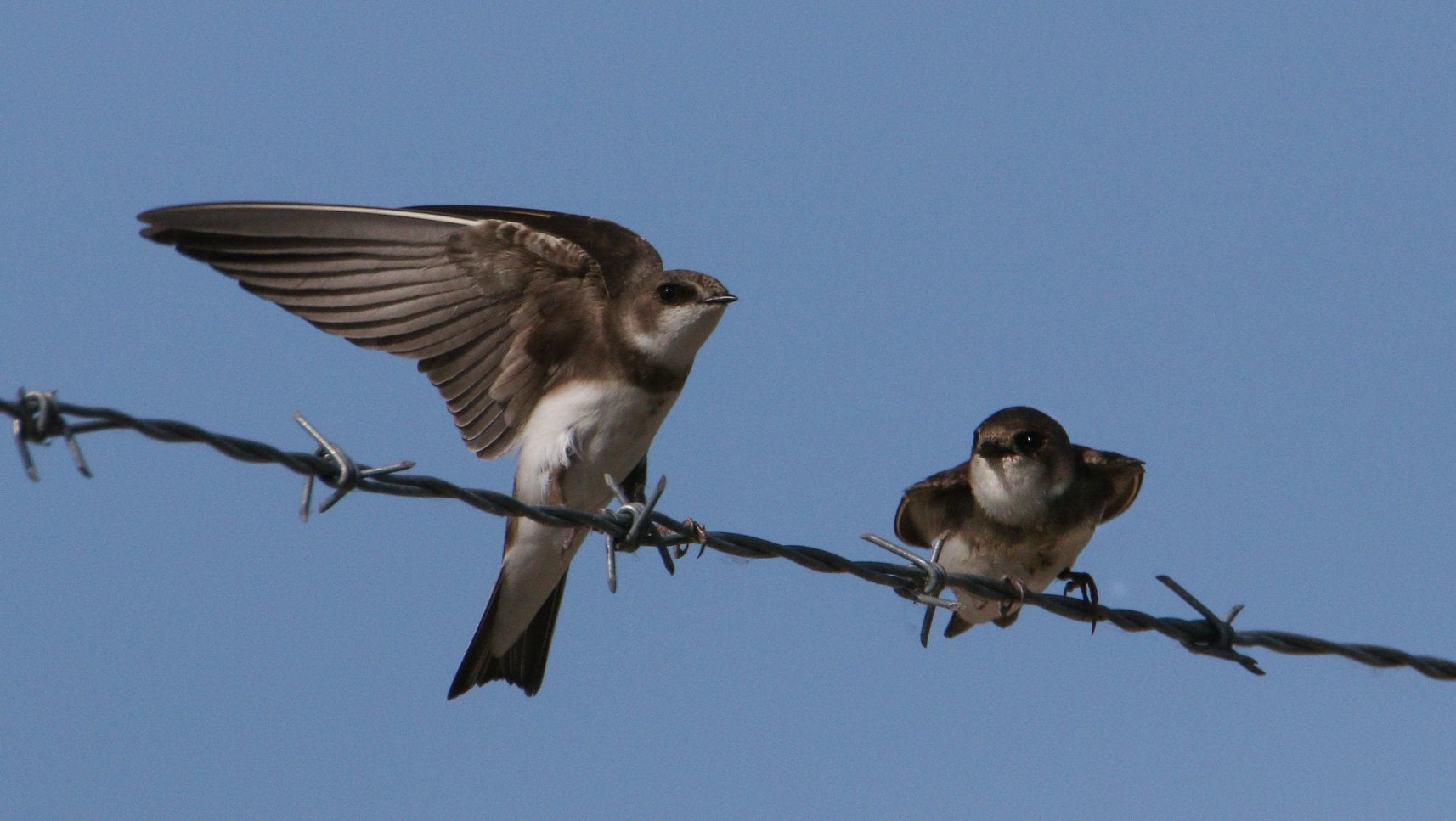
In 2022, we tracked movements of a Bank Swallow that was originally tagged in British Columbia. Two stations in Idaho picked up the swallow’s signals during its southbound migration past the towers at Camas Wildlife National Refuge and Market Lake Wildlife Management Area.
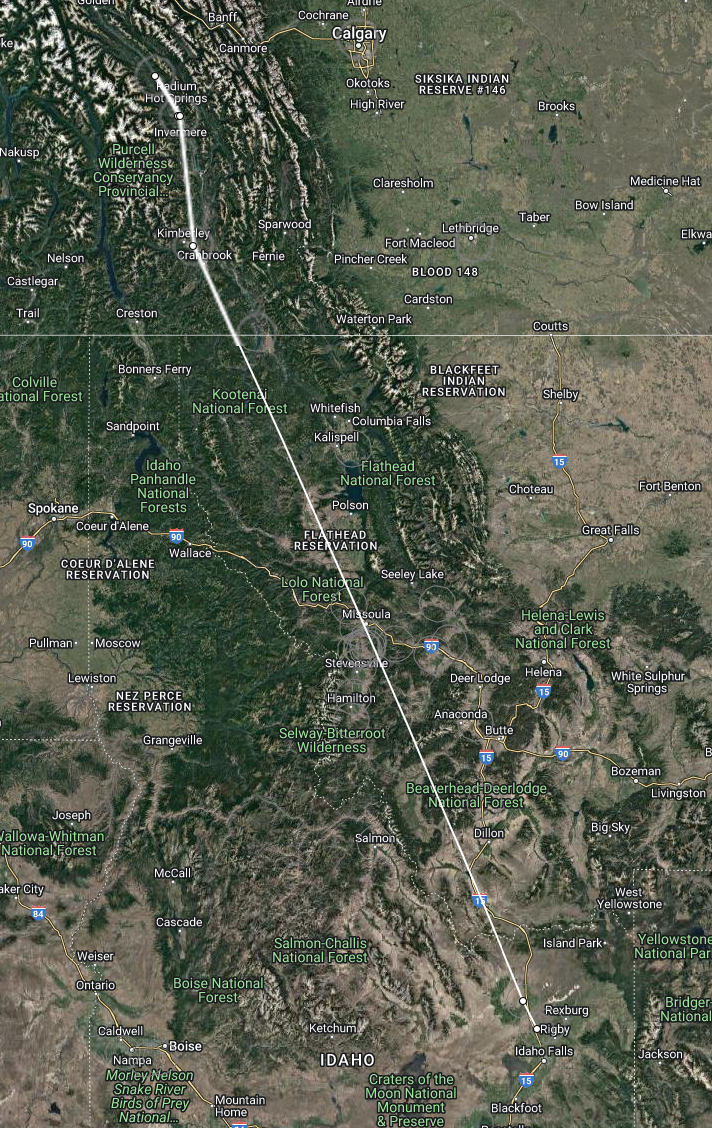
This year we also received numerous detections of Swainson’s Thrushes tagged on a research project in British Columbia, Canada, as well as Common Poorwills tagged by MPG Ranch.
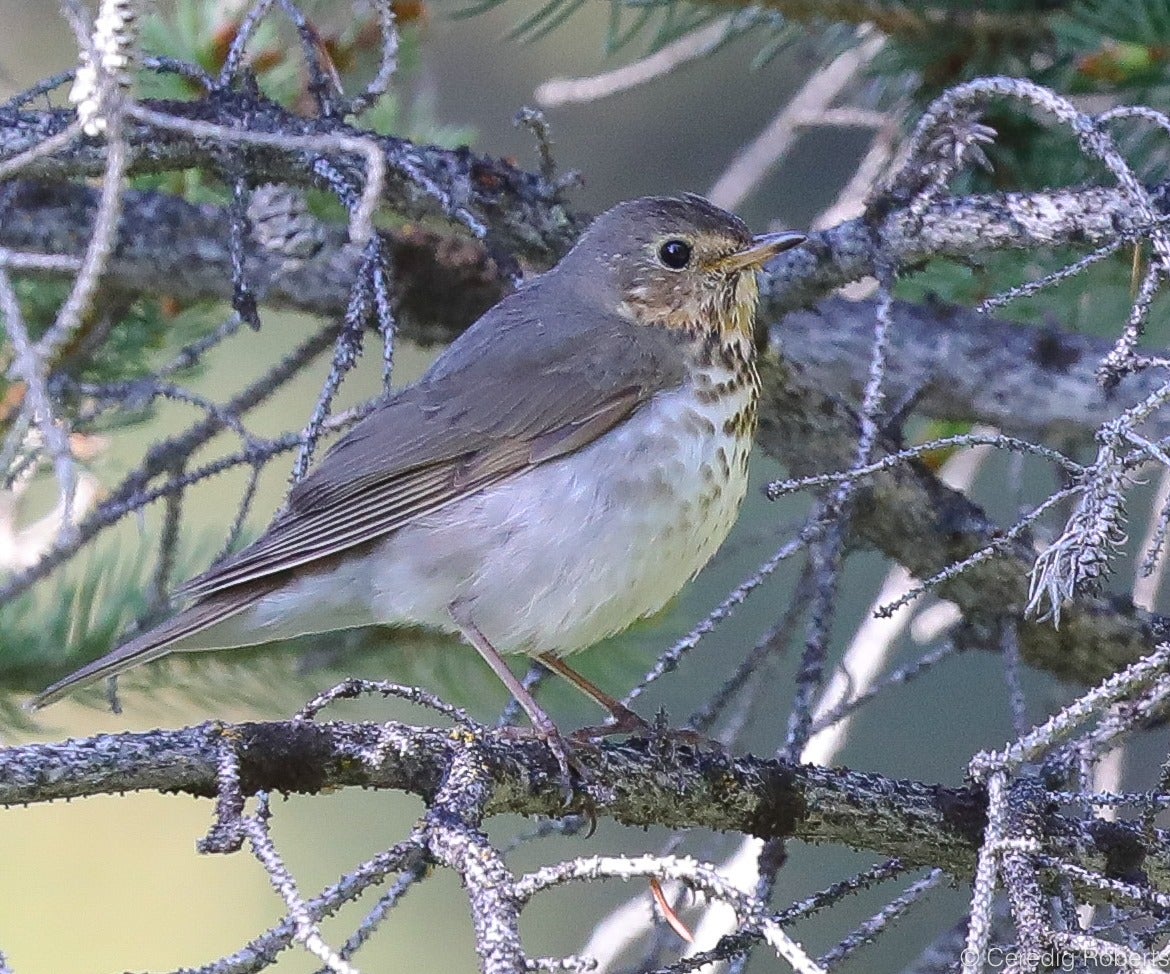
Two different Swainson’s Thrushes tagged in British Columbia, Canada, followed similar fall migration paths: we detected one at our Salmon and Deer Parks WMU stations, followed by stations in Nebraska and Florida; the other was detected at our Minidoka National Wildlife Refuge (NWR) station, followed by stations in Nebraska and Missouri.
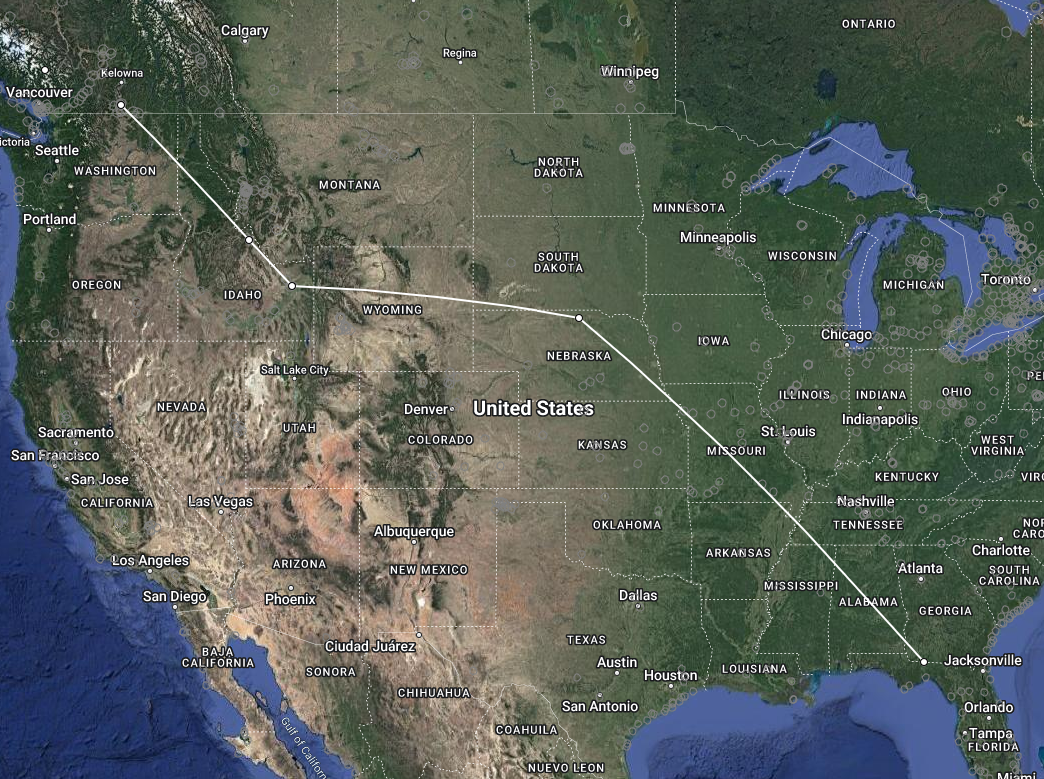
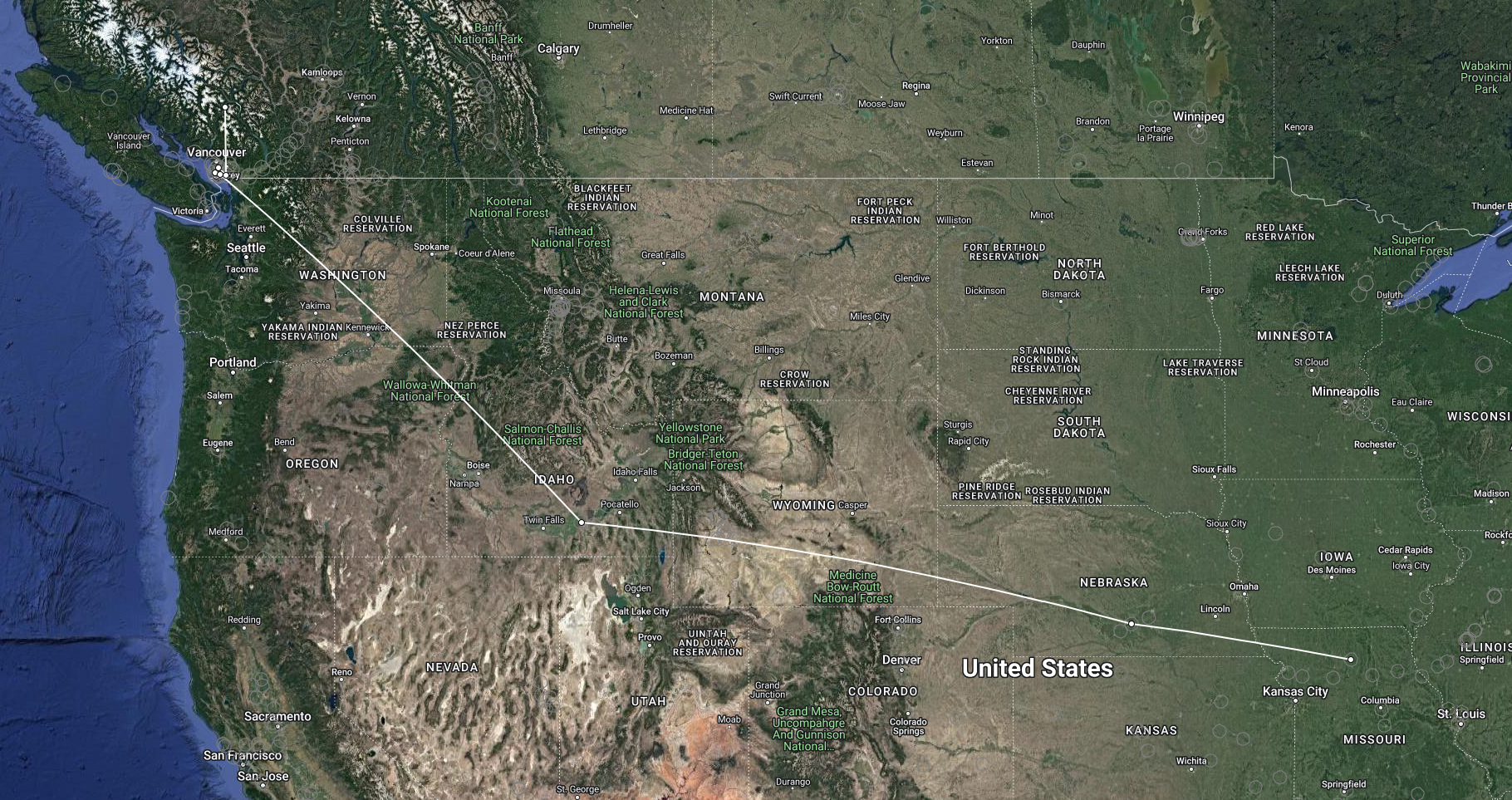
Other exciting discoveries included some “firsts”!
These initial detections for MPG Ranch at our Idaho stations included our first ever Lewis’s Woodpecker at Fort Boise Wildlife Management Area (WMA) and a wintering Northern Saw-whet Owl at Niagara Springs WMA. The Northern Saw-whet Owl was detected for a week straight in November 2021, and then almost every day from early February through late March 2022.
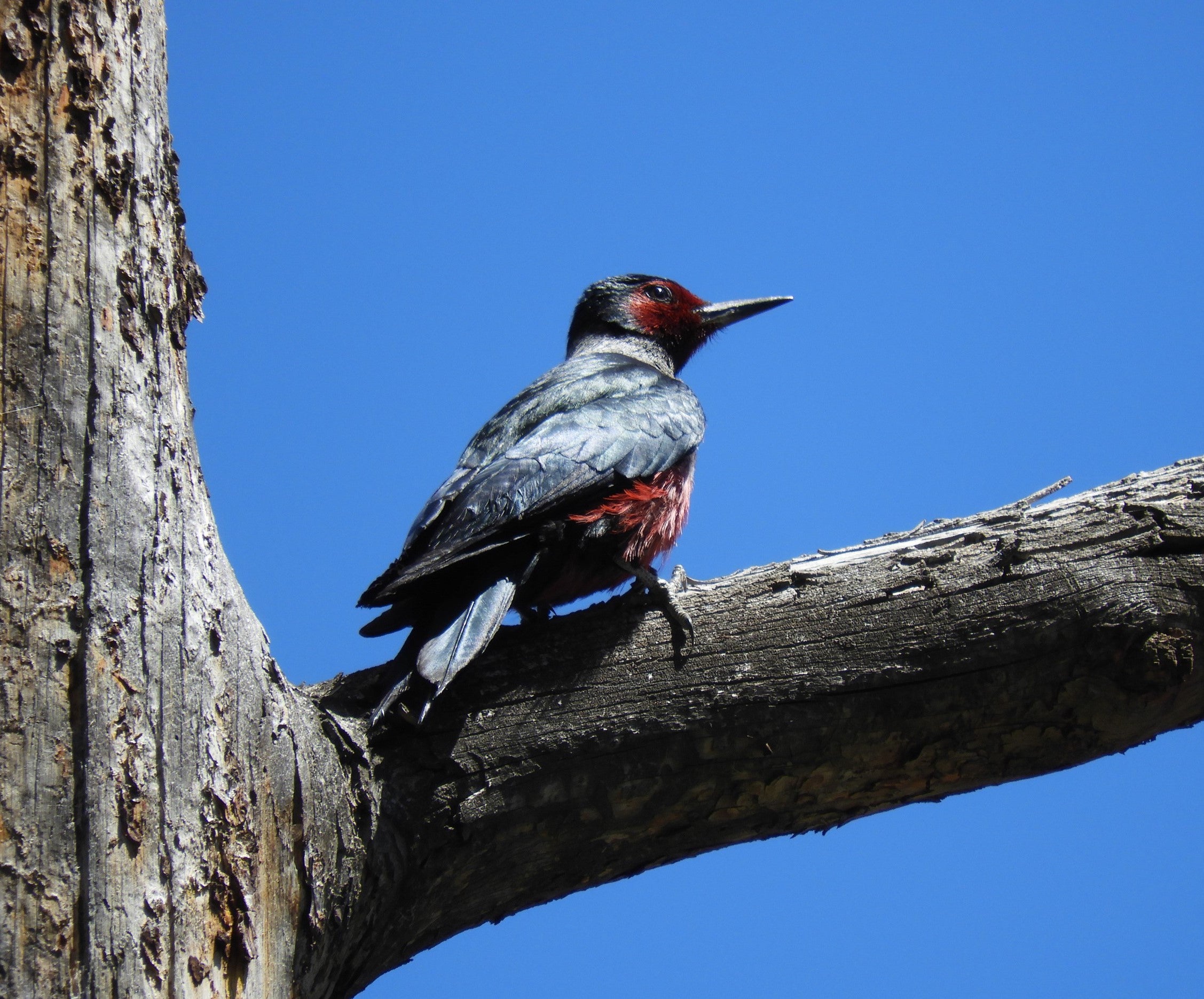
One Motus station in particular, located at the Idaho Fish and Game regional office in Salmon, has been quite the hotspot for MGP Ranch-tagged birds.
To add to this excitement, the Salmon station also detected Silver-haired Bats originally tagged at MPG Ranch!
Another interesting set of detections include a Willet picked up during its migration through Idaho. It was tagged on the west coast of Mexico in spring 2022 then detected in July at a station in Govenlock, Canada.
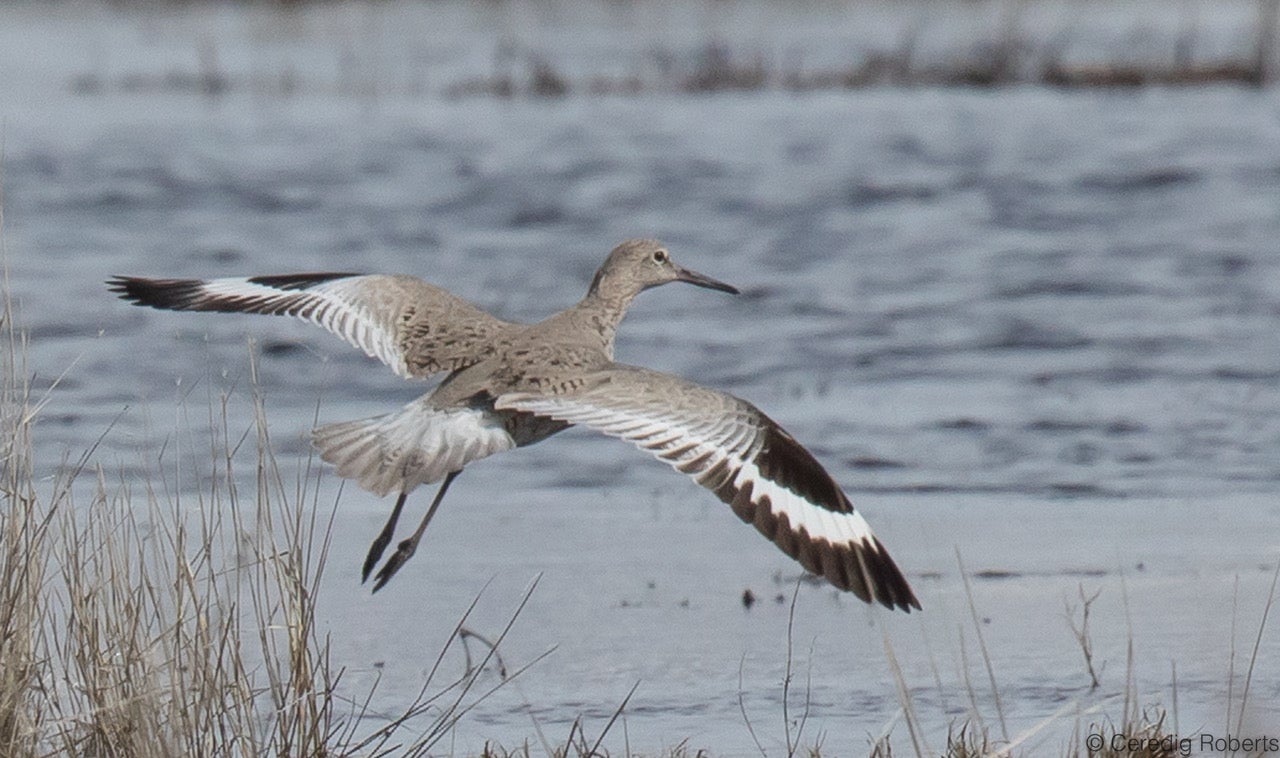
On its southbound migration, this Willet journeyed past three Idaho stations!
Our Salmon, Market Lake WMA, and Deer Parks Wildlife Mitigation Unit (WMU) stations all picked up this Willet as it continued south to the Mexican coast where it was detected about a week later.
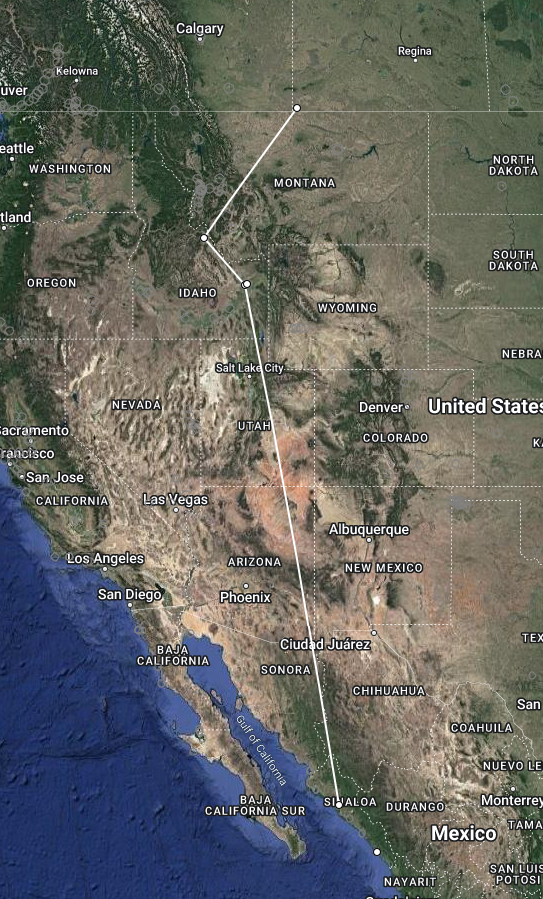
We would like to thank MPG Ranch, especially William Blake and Kate Stone, for partnering with us to expand and maintain the Motus network in Idaho. We would also like to thank the Idaho Department of Fish and Game, U. S. Fish and Wildlife Service, Idaho Power, Idaho Transportation Department, The Peregrine Fund, and Kuna High School for hosting stations.
Did you know that YOU can access this cool migratory movement data?!
Check out motus.org to learn more about the network and to look at receiver locations and detections!
This article is part of our 2022 end of the year newsletter! View the full newsletter here, or click “older posts” to read the next article.
Make sure you don’t miss out on IBO news! Sign up to get our email updates.
Motus Data and Maps
- BANS Connectivity. 2022. Bank Swallow Migratory Connectivity Motus Project. Data accessed from the Motus Wildlife Tracking System. Birds Canada. Available: http://www.motus.org/. Accessed: 3 November 2022.
- NW Mexico. 2022. Coastal Motus Network in NW Mexico Project. Data accessed from the Motus Wildlife Tracking System. Birds Canada. Available: http://www.motus.org/. Accessed: 3 November 2022.
- Thrushes. 2022. BC Interior Thrushes Motus Project. Data accessed from the Motus Wildlife Tracking System. Birds Canada. Available: http://www.motus.org/. Accessed: 3 November 2022.